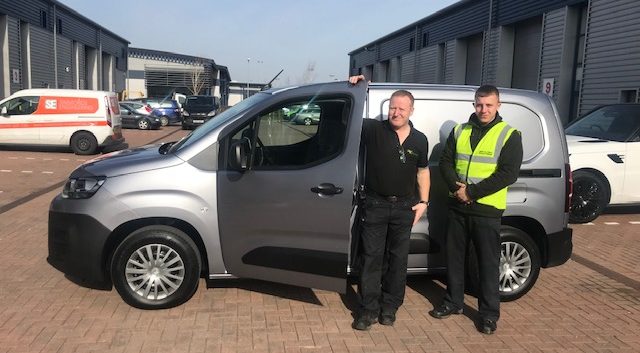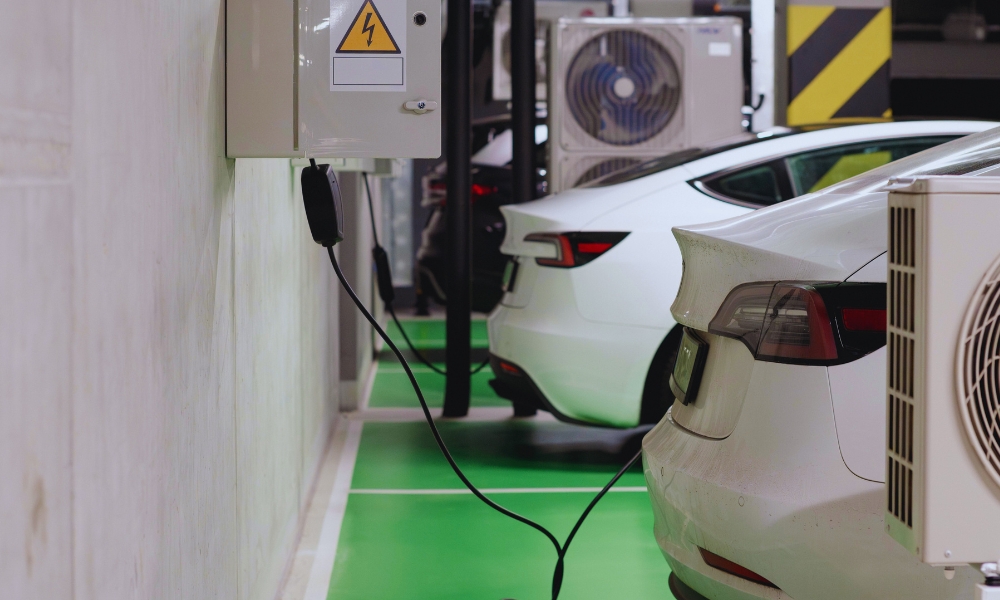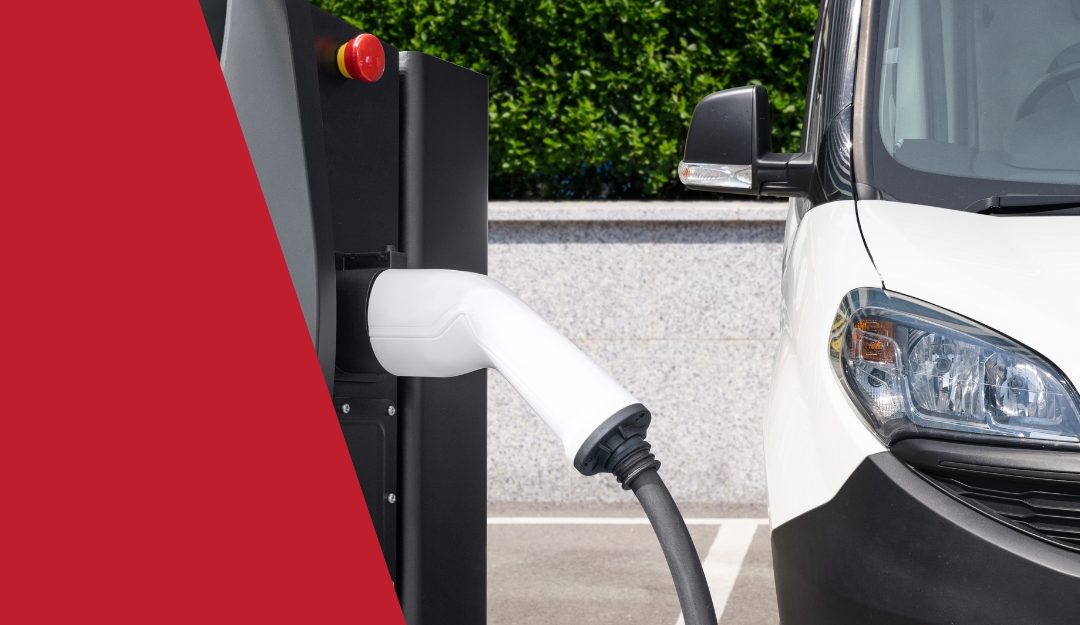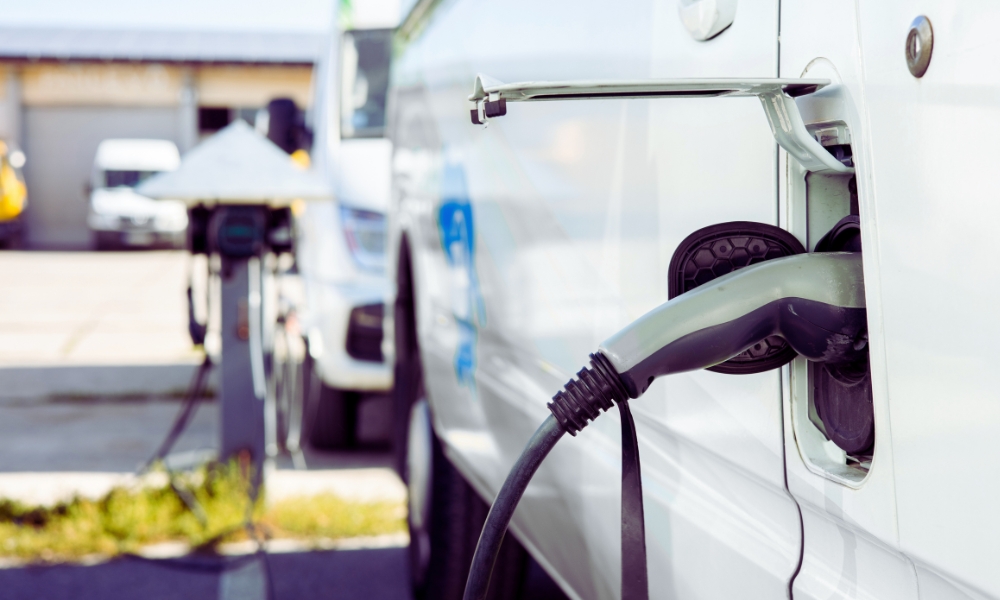
Myth-busting : Working With A Vehicle Broker
Myth-busting : Working With A Vehicle Broker
With Over 30 Years’ Experience in the Motor Trade, We’re Here To Make Your Life Easier – and Save You a Bob or Two…
Hi folks – Matt here.
So that’s right, I have been working for over 30 years in the motor trade – 26 of those as a broker – and in that time I’ve seen just about every side of the industry.
One things I do know is that there’s still a common belief out there is that using a vehicle broker inevitably pushes the price up.
I’ve lost count the number of times I’ve heard this over the years.
But what’s also become clear to me over the years, is that the secret of success for being a good broker isn’t about adding a middleman. It’s much more than that.
The Secret of Being a Great Broker.
It’s about removing barriers, simplifying the process, and using the right relationships to get clients the best possible outcome.
Because we’re independent, we’re not tied to any one manufacturer or dealership.
That means we can shop around the whole market, using a wide network of contacts built over decades.
And thanks to the favourable terms we have access to, we can more often than not beat the deals you’ll see advertised by main dealers – partly because we haven’t got the same overheads to worry about.
But it’s not just about the price.

One of our regular, loyal clients – Bird & Pest Solutions
Saving You Time & Hassle
What really makes the difference to our clients isn’t just getting great deals on their vehicles – is the level of service.
At Cheshire Fleet Solutions, we don’t just find you the right vehicle – we take on the legwork, the chasing and the stress that comes with sourcing and managing your business vehicles.
How much is that time worth to your business?
From sourcing vehicles, to helping you sort maintenance, servicing and compliance, we help make sure your vehicles stay on the road and your business keeps running smoothly.
Our clients value that personal touch.
You’re not passed from department to department or left waiting on hold.
You deal directly with someone who knows your business, your vehicles and your priorities.
The Proof Of The Pudding is in the Eating.
If you haven’t worked with a broker before, the only way you’ll find out how valuable a service it is for your business is if you try it.
So, all I would ask is one thing.
The next time you’re looking to renew or add to your fleet, simply give me a call and see how I do.
At the very worst, if I can’t beat what you’ve already found, you’ll have peace of mind knowing you’ve got the best deal available.
But if I can – and in most cases, I do – you’ll save not only money, but time, and a fair bit of hassle as well.
After all, can you really be sure you’re getting the best deal unless you’ve asked?









